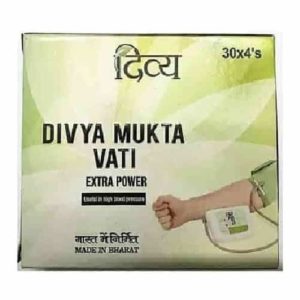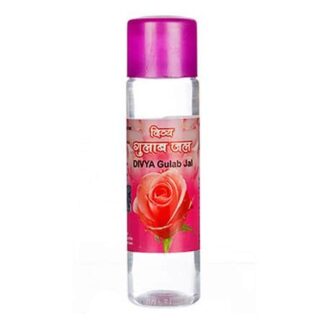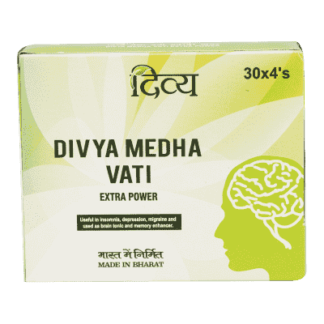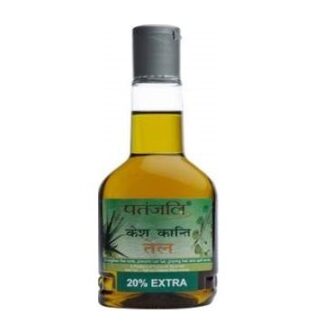Mukta Vati for High Blood Pressure:
Do you wonder what your blood pressure numbers reading mean? Doctors call them systolic (the top number) and diastolic (the bottom number) pressure.
Knowing both is important and could save your life.
The only way to know (diagnose) if you have high blood pressure (HBP or hypertension) is to have your blood pressure tested. Understanding your blood pressure numbers is key to controlling high blood pressure.
What Does the Systolic Pressure Number Mean?
When your heart beats, it squeezes and pushes blood through your arteries to the rest of your body. This force creates pressure on those blood vessels, and that’s your systolic blood pressure.
A normal systolic pressure is below 120.
What Does the Diastolic Pressure Number Mean?
The diastolic reading, or the bottom number, is the pressure in the arteries when the heart rests between beats. This is the time when the heart fills with blood and gets oxygen.
A normal diastolic pressure is lower than 80. But even if your diastolic number is lower than 80, you can have elevated blood pressure if the systolic reading is 120-129.
80-89 is stage 1 hypertension.
90 or more is stage 2 hypertension.
120 or more is a hypertensive crisis. Call 911.
Our charts below have more details.
How Is Blood Pressure Measured?
A doctor or nurse will measure your pressure with a small gauge attached to an inflatable cuff. It’s simple and painless.
The person taking your pressure wraps the cuff around your upper arm. Some cuffs go around the forearm or wrist, but often they aren’t as accurate.
Your doctor or nurse will use a stethoscope to listen to the blood moving through your artery.
She’ll inflate the cuff to a pressure higher than your systolic pressure, and it will tighten around your arm. Then she’ll release it. As the cuff deflates, the first sound she hears through the stethoscope is the systolic blood pressure. It sounds like a whooshing noise. The point where this noise goes away marks the diastolic blood pressure.
In a blood pressure reading, the systolic number always comes first, and then the diastolic number. For example, your numbers may be “120 over 80” or written as 120/80.
How to control High blood pressure ?
Increase activity and exercise more
Cut back on sugar and refined carbohydrates
Eat less processed food
Reduce excess stress
Eat some dark chocolate
Make sure to get good, restful sleep
Eat healthy high-protein foods
Drink less alcohol
Try and avoid prescription medication due to serious side effects
Lose weight if you’re overweight
Eat more potassium and less sodium
Stop smoking
Try meditation or yoga
Try these medicinal herbs
-Basil
-Cinnamon
-Cardamom
-Flax seed
-Ginger
-Hawthorn
-Celery seed
Eat garlic or take garlic extract supplements
Consider cutting back on caffeine
Try Patanjali Divya Mukta Vati
Ingredients Of Patanjali Divya Mukta Vati
Each 300mg Tablet prepared from
Wet Extracts :NLT 60% Total Solids of
Gaajwaan (Onosma bracteatum) – 33.90mg
Brahmi (Bacopa monnieri0 – 67.92mg
Shankhphuspi (Convolvuvlus pluricaulis) – 67.92mg
Gondbach (Acorus calamus) – 33.90mg
Ashwagandha (Withania somnifera) – 33.90mg
Malkangni (Celastrus paniculatus) – 33.90mg
Sauf (Foeniculum vulgare) – 33.90mg
Phuskarmul (Inula recemosa) – 33.90mg
Ustukhuddus (Lavandula stoechas) – 33.90mg
Fine Powder of:
Jhatamansi (Nardostachys jatamansi) – 18.65mg
Shapagandha (Rauwolfia serpentina) – 37.30mg
Mukta Pisti (Mukta Pisti) – 20.14mg
Excipients:
Gum acacia – 6.00mg
Aerosil – 5.00mg
Talcum – 6.00mg
Mukta Vati Is Effective For The Following Health Disorders
- Anxiety
- Brain & Nerves
- Mental stress
- Depression
- Insomnia or Sleeplessness
- Mental agitation
- Emotional trauma
- Irritability
- Hypertension
- High blood pressure




